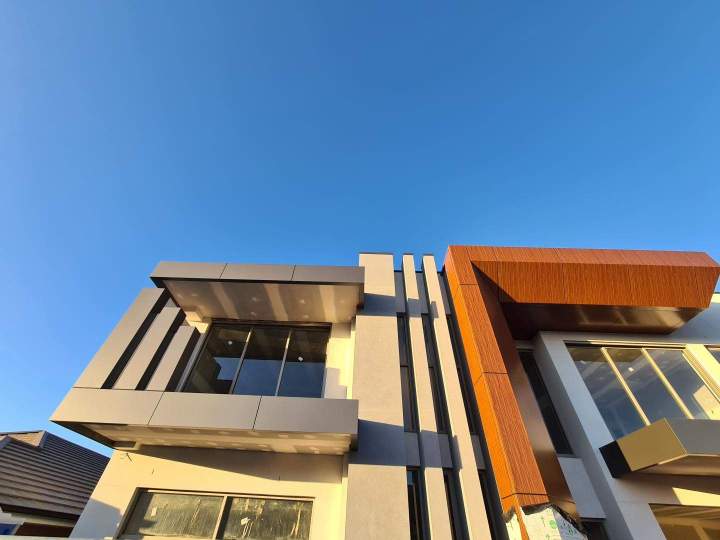What Are The Fire Ratings And Safety Standards For ACPs?

Fire safety is a primary concern for any building project. The fire ratings for Aluminium Composite Panels (ACPs) are crucial, as they determine how the material will perform in a fire and whether it complies with national safety standards.
Understanding the Core: The Key to Fire Ratings
The fire performance of an Aluminium Composite Panel is almost entirely dependent on its core material. Not all ACPs are created equal, and their fire ratings reflect the composition of the core sandwiched between the two aluminum sheets. Historically, many ACPs were made with a simple polyethylene (PE) core, which is highly combustible. This type of panel can melt and ignite when exposed to heat, contributing to the rapid and dangerous spread of fire, as tragically seen in several high-profile building fires globally. Today, due to stricter building regulations, safer alternatives are now the standard. The most common fire-rated ACPs use a mineral-filled core, which is fire-retardant or non-combustible.
These cores are typically made from a mixture of inorganic minerals that do not burn and can significantly slow the spread of flames. They are classified with different ratings, such as A2 and B1 under European standards (EN 13501-1), which indicate their level of combustibility. An A2-rated panel is classified as non-combustible and produces very little smoke, while a B1-rated panel is flame-retardant and will self-extinguish when the flame is removed. These classifications are critical for compliance, especially in high-rise buildings. TD Cladding Supplies Pty Ltd ensures its products are sourced to meet the most current fire safety standards, providing peace of mind to clients and stakeholders.
Key Safety Standards and Regulations
Navigating the world of fire safety for ACPs requires an understanding of the key testing standards and national regulations. The fire rating of a cladding product is determined through a series of rigorous tests that evaluate its reaction to fire, including factors like flame spread, heat release, and smoke production. Common international standards include EN 13501-1 (the European standard) and NFPA 285 (a key US standard for evaluating the fire propagation characteristics of exterior wall assemblies). These tests are designed to simulate real-world fire conditions and ensure a material will perform as expected in an emergency.
The importance of these ratings cannot be overstated; they dictate where and how a particular type of ACP can be used. For instance, many building codes now mandate that high-rise buildings and public spaces must use non-combustible (A2-rated) or highly fire-resistant cladding systems to prevent vertical fire spread. The choice of cladding is therefore not just a design decision but a crucial safety decision that has legal and ethical implications. By staying up-to-date with these evolving standards and offering only compliant products, TD Cladding Supplies Pty Ltd helps architects, builders, and developers ensure their projects are both safe and compliant with the latest building codes, safeguarding the people who use the buildings.